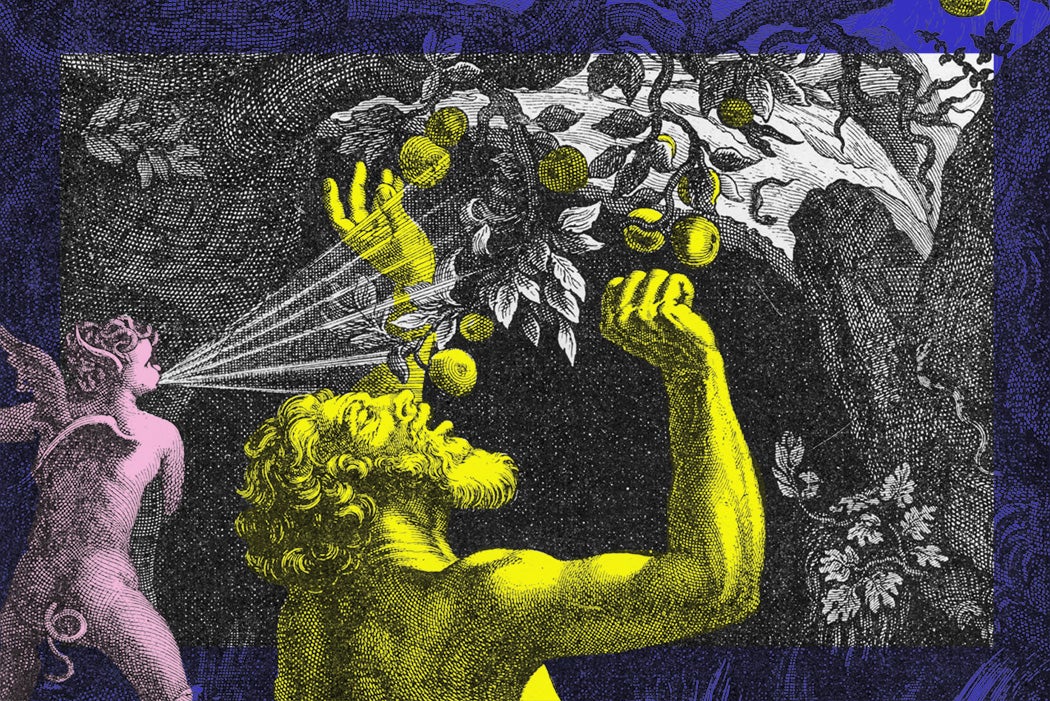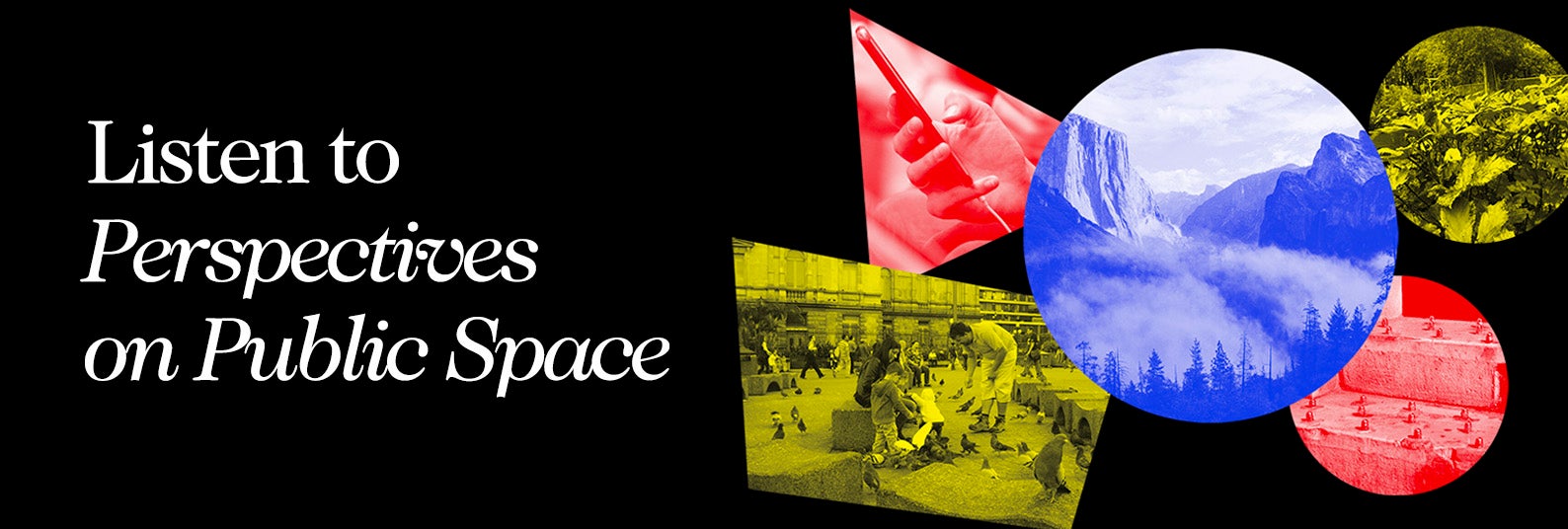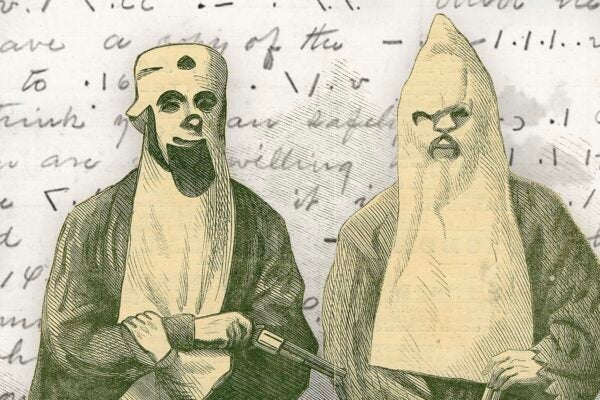Some historical figures leave their mark long after they die, seeding themselves into our conversations by becoming eponymous phrases. Take the nicotine in a cigarette, which has the dubious honor of being named after Jean Nicot, the person who introduced tobacco to France. Or the explosive materials that have led to countless military victories (and deaths) on the battlefield for the past two centuries. This persistent, terrible weapon owes its moniker to a single individual: General Henry Scrope Shrapnel, its inventor.
Eponyms such as these provide a tantalizing backstory to our everyday language, but how many of us are aware of the eponymous character—the cursed figure of Tantalus—who lies behind the word?
Readers of Homer’s Odyssey may have a leg up in their familiarity with him. In a particular stirring passage, Odysseus travels to Tartarus, the deepest portion of the underworld, where he recalls seeing
Tantalus in violent torment, standing in a pool, and the water came nigh unto his chin. He seemed as one athirst, but could not take and drink; for as often as that old man stooped down, eager to drink, so often would the water be swallowed up and vanish away, and at his feet the black earth would appear, for some god made all dry. And trees, high and leafy, let stream their fruits above his head […] But as often as that old man would reach out toward these, to clutch them with his hands, the wind would toss them to the shadowy clouds.
What had Tantalus done to deserve such eternal agony, sustenance always just out of reach? His crime was equally dark: to test whether the gods were as all-knowing as they claimed, he served them the chopped-up remains of his own son, Pelops, in a stew. In a sense, his punishment fits the crime. Tantalus dared to tempt—to tantalize—the Olympians with that great taboo, cannibalism. His punishment was to be tempted forever, unable to consume what he craves. As F. Carter Philips argues in “Greek Myths and the Uses of Myths,” tales like these are timeless for a reason beyond their undeniable narrative power. Such stories are an “important key” that unlock truths about the human psyche. “When other means of tackling man’s deepest questions fail,” Philips writes, myths “provide answers to those mighty questions about the nature of man and of the universe.”
Weekly Newsletter
Indeed, they can, because the position of Tantalus, who is driven nearly mad by the desire to have what he cannot, his face reflected by the alluring water tickling his chin, is one that resonates with our modern lifestyle. As technology and content saturate our society, with the next social post or video a thumb-scroll away, it’s no wonder that, according to recent figures from the Mayo Clinic, the average American unlocks their phone about 160 times a day. That’s once every nine minutes.
The pull of content is so strong that it distorts our very biology, down to the cellular level, notes Amit Sen in “The Impact of Digital Media on Our Children.” Scientists who studied brain scans of people with drug abuse and compared them with those suffering from smartphone addiction found that the same neural pathways were activated for both groups. As David Greenfield writes in his contribution to Human Capacity in the Attention Economy, “the smartphone helps keep us on automatic pilot in a time-distorting, distractible and vigilant neurophysiologic state.”
What makes social media especially tantalizing is that algorithms quickly ascertain what individual users want to see and populate feeds accordingly. Meanwhile the “endless-scroll feature creates the effect of falling down a rabbit hole without a clear exit point,” writes Marlowe Granados. The echo of evocative, Tantalus-like imagery is striking: timeless imprisonment, an endless cycle—even the jargon of modern media sending “push notifications” on our “feed” that never stops “refreshing” as we devour images of our own selfies harks back to a sense of being both force-fed and yet never, ever full.
Given that digital content is a key source of our never-ending temptation and frustration, it’s fitting that Tantalus is present in every smartphone you’ve ever held. That’s because the Greek myth has lent its name to tantalum, a rare earth element crucial to the manufacture of phones and much more.
“Because of their exceptional magnetic and conductive properties,” writes Julie Michelle Klinger in Rare Earth Frontiers: From Terrestrial Subsoils to Lunar Landscapes, tantalum and other members of “this family of soft, ductile metals is essential for a diverse and expanding array of high-technology applications fundamental to globalized modernity as we know it.” If you’re reading this on your mobile, you’re probably holding 40 milligrams of tantalum in your palm right now. And you’re likely to hear more about tantalum and other rare earth materials in a conflict-filled world.
In a 2019 research report for Germany’s Federal Academy of Security Policy, Jakob Kullik explores how this family of materials crops up in advanced weapons. Every F-35 fighter jet produced, for example, requires 400 kilos of rare earth materials. “The more modern and technologically sophisticated military equipment becomes,” Kullik writes, “the more diverse the applications and therefore the use of rare earths will be for the armed forces of the future.” With China currently the world’s largest producer of such materials, he argues, these strategic natural resources (Tantalum among them) will become significant pawns in political, military, and economic global geopolitics in the coming years.
Where else does Tantalus show up in modern culture? Star Trek fans may know the answer: in the 1966 episode “Dagger,” in which, according to one synopsis, the crew of the Enterprise journey to a dismal penal colony featuring “oddly emotionless” staff and prisoners whose minds have been “emptied” of all thoughts by a device called a “neural neutralizer.” The name of the prison? Tantalus V.
As Robert V. Kozinets notes, the show has reached the level of a religion or myth for some fans. A tantalizing web of secondary content such as merchandise and fan events helps drive the consumption, one which Kozinets argues “often fulfills the contemporary hunger for a conceptual space” for fans, one “in which to construct a sense of self and what matters in life.” To this end, some academics and writers have warned about the line between fandom and addiction. Pop culture obsessives are stuck in an endless loop to “complete” consumption of a show or artefact, though they rarely can, as new versions and re-edits of the original product are released continually. The end point of consumption, just like the fruits above the head of Tantalus, is always just out of reach.
It is that sense of eternal strain that makes the Tantalus myth so hauntingly evocative. Our terror may stem in part because it is a metaphor for our biology. Like so many animals, we evolved and thrived as a species because we were programmed to always want more, particularly with regards to our bellies. More food meant more nutrition, which meant more fat to cover us as insurance against lean times. Paul J. Kenny explains that foods high in sugar and fat are key culprits when it comes to tantalizing us, right down to our bio-chemistry. “In some people,” Kenny writes, “the actions of endorphins, dopamine and other chemicals [triggered by these foods] that regulate reward systems can overpower hormonal signals and conscious attempts to stop eating when full.”
Another factor that explains the power of the myth, and Greek myths in particular, is the theme of desperately striving for resolution, yet never reaching it. Two of the best-known Greek punishment stories, those of Sisyphus and Prometheus, bear out this assertion. Zeus condemned Sisyphus to hauling a huge boulder up a mountain, day after day, only to see it come crashing down again. Prometheus, who stole fire from the gods and gave it to mankind, is nailed to a rock where an eagle lands each day to feed on his liver, which then regenerates. In stretching the idea of daily routine into infinity, these images become a cosmic horror that represents a fear of mundanity that never changes. Joseph J. Ward echoes this argument in an exploration of Albert Camus’s famed essay on the boulder-bearing figure, writing that
[t]he futility of Sisyphus’s eternal labor—an “unspeakable penalty in which the whole being is exerted toward accomplishing nothing”—symbolizes the absurdity that arises in our everyday existence. Indeed, as Camus observes, the “workman of today works every day in his life at the same tasks, and this fate is no less absurd” than that of Sisyphus.
The vivid imagery of the Tantalus myth means that it has also endured, centuries on, as a powerful metaphor for politics. In the early stages of the Cold War, Hungary, a client state controlled by the USSR, rebelled, fueled by student demonstrations arguing for secession and freedom of speech. America, as a key champion for global democracy, was accused by one journal of having “‘re-enact[ed] the story of Tantalus’ by holding out the false hope that the failed revolution” in Hungary “would bring freedom to eastern Europe.” More recently, a 2007 op-ed on the decline of the Australian army claimed that persistent red tape had stymied their fighting capabilities. As such, “the frustrating nature of operations conducted by Australian infantry in both Iraq and Afghanistan are akin to the predicament that beset Tantalus.” As F. Carter Philips notes, this is a Greek myth acting as a communication tool, an “important key,” unlocking clarity, thousands of years after the original tale was born.
Is there a more modern incarnation of Tantalus and his brethren? Here’s one unusual suggestion: Pac-Man. Susanna Lippoczy Rich suggests that light is a metaphor for the sins of modern living, from the flickering of screens (“when film angles and shots change every one to five seconds the tempo for nibble food is just right. Cheetos, Potato chips […] anything that you can snap, crackle or pop into your mouth in bits”) to the fetishization of speedy convenience. With modern society primed to tempt its members whenever possible, organizing lives everywhere around endless consumption, Rich wrote (in 1985) that “It is no wonder that two years ago…Time magazine named Pac Man its Man of the Year.” The chomping, smiling yellow face, once a symbol of praise on children’s school reports and fated to eat remorselessly, level after level, “embodies all we hope to be, our hero, gobbling monsters, bytes of light.”
Force of storytelling aside, why should we continue to care about a tale such as that of Tantalus, in a world brimming with newer fables? Because, as the Greeks knew, even the most fantastical myths can fundamentally alter the listener. As Sarah Iles Johnston explains in “Narrating Myths: Story and Belief in Ancient Greece,” ancient audiences understood the “pragmatic effect” of these tales, which had the potential “to bring about changes in the outlook and behavior of its audience members.” In their most powerful moments, myths had the power of “making the audience feel as if their world and the world of the myth were one and the same.” A tantalizing prospect.







